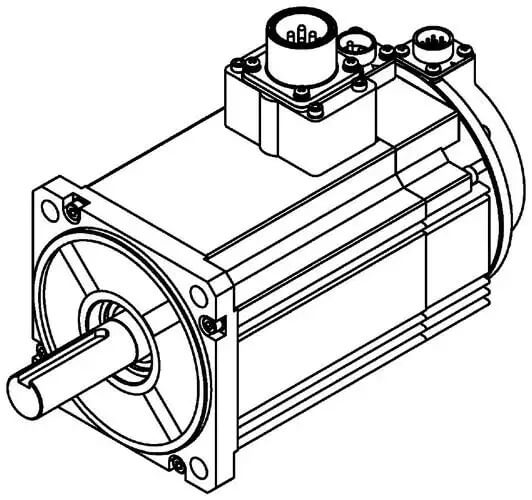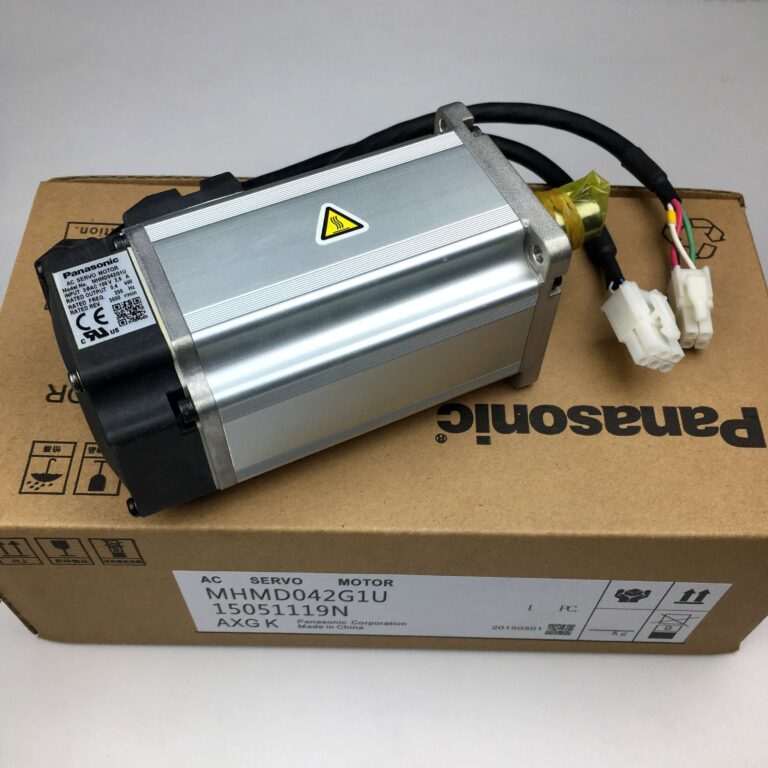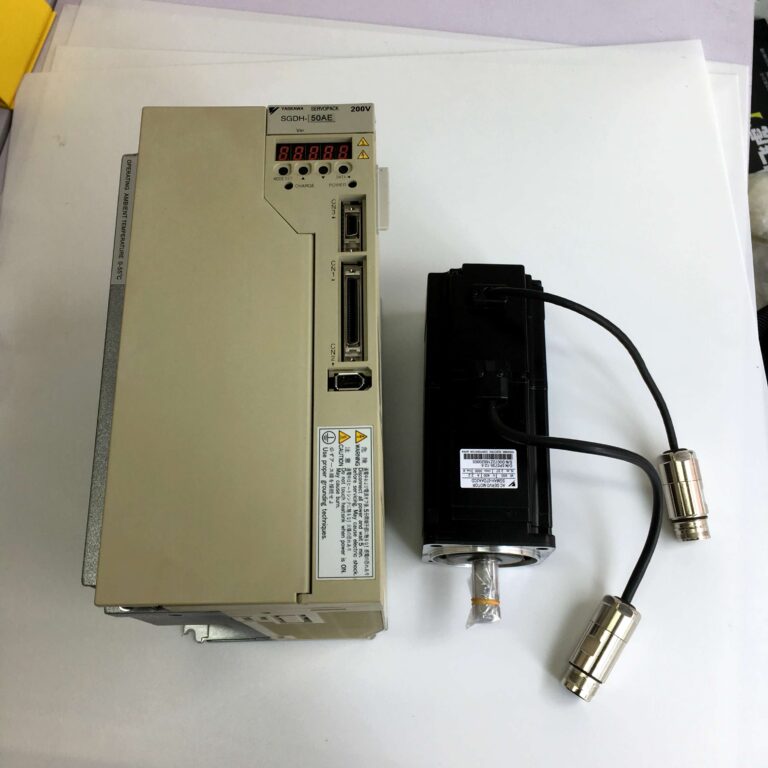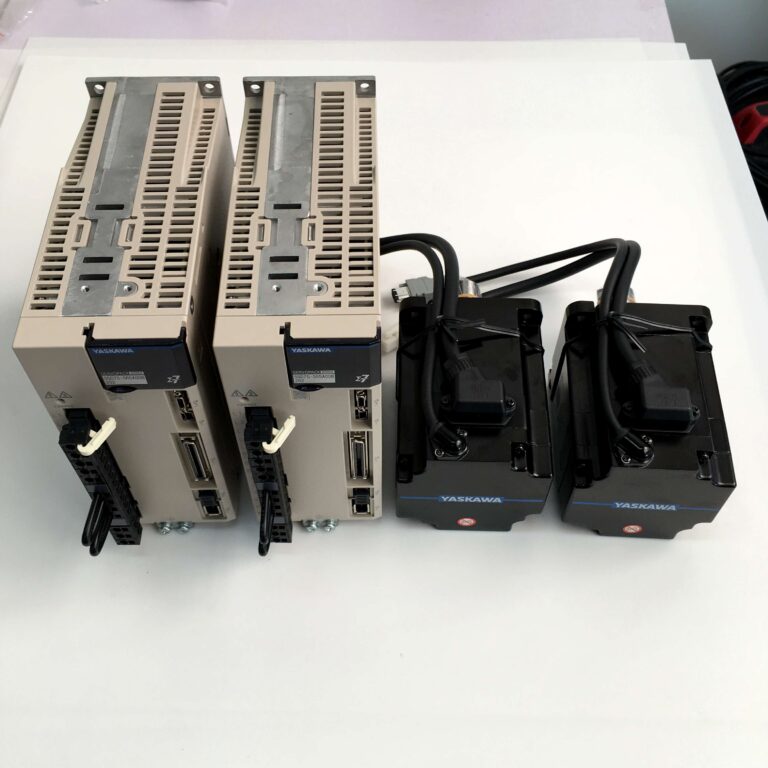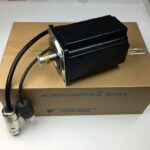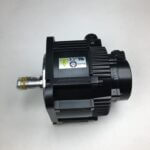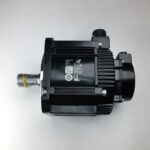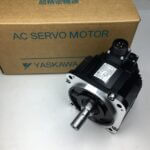How to Run a Brushless Motor with a Simple Servo Tester
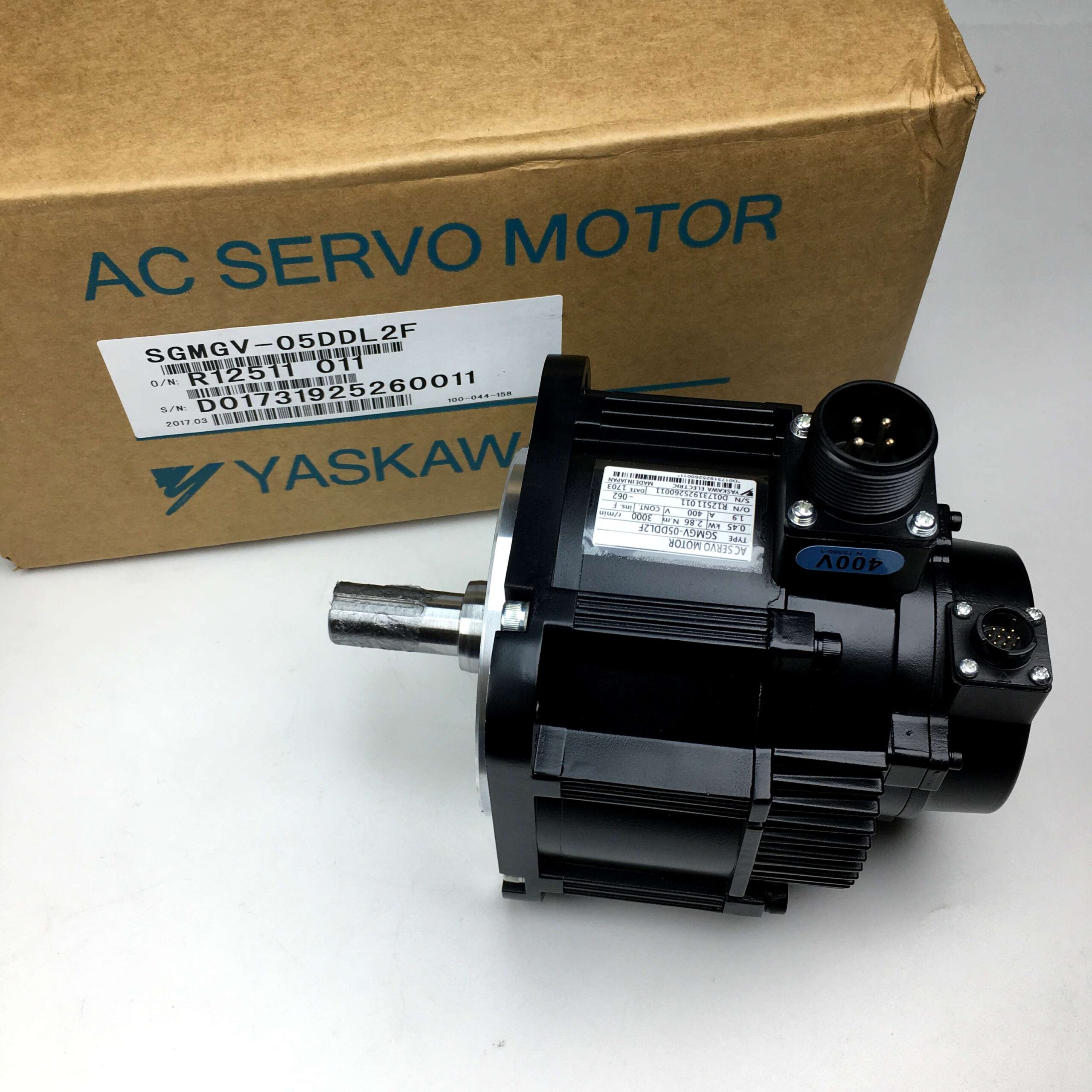
This article will guide you through the process of controlling a brushless motor using a servo tester. It’s a straightforward approach suitable for anyone with a basic understanding of electronics. Whether you’re a hobbyist working on a new project or a student learning about motor control, this guide will provide you with the knowledge and steps needed to get your brushless motor up and running. We’ll cover everything from the necessary components to the wiring and calibration process. This article will include first-hand knowledge and tips, making it a worthwhile read for anyone interested in simplifying their brushless DC motor control setup.
What is a Servo Tester and Why Use It for Brushless Motors?
A servo tester is a small electronic device primarily designed to test servo motors. It generates a PWM (Pulse Width Modulation) signal, which is the same type of signal used to control the position of a servo motor. However, this PWM signal can also be used to control the speed of a brushless motor when connected to an Electronic Speed Controller (ESC).
A servo tester might be preferred over an Arduino or another microcontroller for controlling a brushless DC motor for a few key reasons. Firstly, servo testers are generally more user-friendly, offering a simple plug-and-play solution that requires no programming. They typically feature a knob or buttons that allow for direct, real-time adjustment of the PWM signal, making them ideal for quick testing or simple applications where precise digital control is not required. Secondly, servo testers are often more compact and portable than setups involving an Arduino or similar boards.
What Components Do I Need to Run a Brushless Motor with a Servo Tester?
To run a brushless motor using a servo tester, you’ll need a few essential components:
- Brushless Motor: This is the motor you’ll be controlling. Ensure it’s rated for the voltage of your battery and that the ESC can handle its current draw. An example of a high-quality brushless motor can be found at Original Panasonic Servo Motor MINAS A6 100W MSMF012L1U2M.
- ESC (Electronic Speed Controller): This device regulates the power to the motor. Make sure the ESC is compatible with brushless motors and can handle the motor’s current and voltage.
- Servo Tester: This device will generate the PWM signal to control the ESC. Most servo testers have a knob for adjusting the pulse width. A suitable servo tester would typically have a working voltage range of 5V to 6V and be able to deliver a PWM signal with a pulse width range that the ESC can interpret (commonly 1000μs to 2000μs).
- Battery: You’ll need a battery to power the ESC and motor. A LiPo battery is commonly used to run RC applications due to its high energy density. For instance, a 3S LiPo (max 11.1V) would be suitable for many brushless motors.
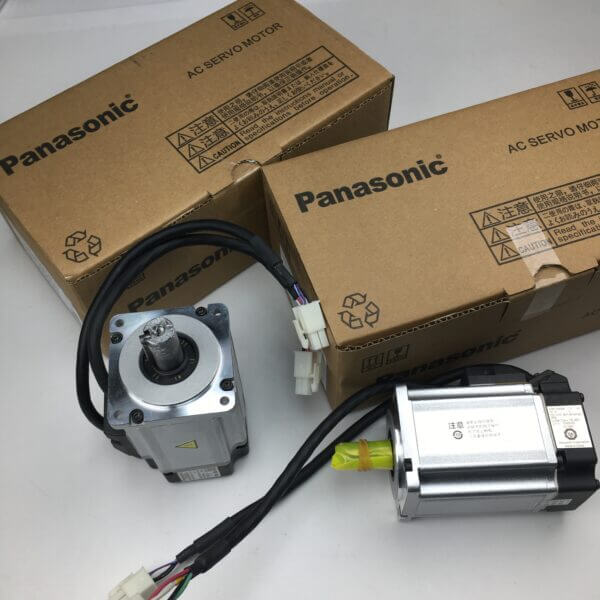
| Component | Description | Example Specification |
|---|---|---|
| Brushless Motor | The motor to be controlled. | Voltage: 7.4V-14.8V, Current: 10A |
| ESC | Regulates power to the motor, must be compatible with the motor’s voltage and current. | Input Voltage: 7.4V-14.8V, Current: 20A |
| Servo Tester | Generates PWM signal to control the ESC. | Operating Voltage: 5V, Pulse Width: 1000-2000μs |
| Battery (e.g., LiPo) | Powers the ESC and motor, voltage must match ESC and motor specifications. | 3S LiPo (11.1V), Capacity: 2200mAh |
How Do I Connect a Servo Tester to an ESC and a Brushless Motor?
Connecting the components is relatively straightforward. Long story short, here is the step process:
- Connect the brushless motor to the ESC. Brushless motors have three wires, and so do ESCs. The order of these wires doesn’t matter initially; if the motor spins in the wrong direction, you can swap any two wires to reverse it. It is better to buy a high-performance Original Yaskawa Servo Motor.
- Connect the ESC’s signal wire to the servo tester. The ESC will have a three-wire cable with a connector that fits into the servo tester. This cable usually has a red, a black, and a white or yellow wire. The white or yellow wire is the signal wire. Ensure the servo tester’s knob is set to its minimum position.
- Connect the battery to the ESC. The ESC will have two thick wires (usually red and black) for the battery connection. Make sure the polarity is correct.
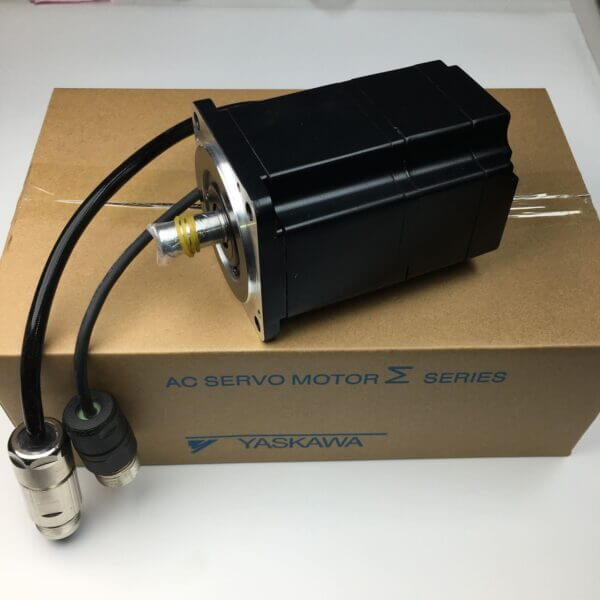
- It is important to follow safety precautions when working with electric components. Double-check all connections before powering on the system. Make sure to verify your email and check your inbox for any communication related to your orders.
- A forum dedicated to electronics or RC hobbies can be a great place to ask questions and get advice. You can find a relevant forum or join a social media group like Reddit to get a name for yourself in the community. Just remember that Reddit is anonymous, so don’t share any personal information you’re not comfortable with.
How Do I Calibrate the ESC Using a Servo Tester?
Calibrating the ESC is crucial for ensuring that it correctly interprets the signal range from the servo tester. Here’s a common calibration process, but always refer to your ESC’s specific instructions as the process may vary slightly.
- Turn on the servo tester and set its knob to the maximum position.
- Connect the battery to the ESC. You may hear a series of beeps.
- After the initial beeps, wait for a specific tone or sequence of tones that indicates the ESC has registered the maximum throttle input. This tone varies depending on the ESC brand.
- Quickly move the servo tester’s knob to the minimum position.
- You should hear another tone or sequence of tones indicating that the minimum throttle position has been registered.
- The ESC may then emit a final tone indicating that the calibration is complete and the ESC is armed.
- The calibration process allows the ESC to learn the full range of the PWM signal from the servo tester. This ensures that the motor will respond correctly to the servo tester’s input.
- If you have questions or need help with the calibration process, you can always check your ESC’s manual or consult an online forum. When looking for a PWM solution, make sure to consider the compatibility between your ESC and servo tester.
Can I Control the Motor Speed with a Servo Tester?
Yes, the primary function of using a servo tester with a brushless motor and ESC is to control the speed of the motor. By turning the knob on the servo tester, you are adjusting the pulse width of the PWM signal being sent to the ESC. The ESC interprets this signal and adjusts the power delivered to the motor accordingly.
- A shorter pulse width corresponds to a lower motor speed, while a longer pulse width corresponds to a higher motor speed. The exact range of pulse widths that corresponds to the full speed range of the motor is determined during the ESC calibration process.
- The ability to directly control the speed of a brushless motor with a simple knob makes a servo tester a convenient tool for many applications. If you need to use a servo tester to control a servo motor directly, make sure it has the appropriate settings to do so. For more options, check out Original Yaskawa Dual Axis Servo Drives.
H2: What are the Limitations of Using a Servo Tester for Brushless Motor Control?
While a servo tester offers a simple and convenient way to control a brushless motor, it does have some limitations:
- Limited Control Precision: A servo tester typically offers less precise control compared to a microcontroller or a dedicated motor controller. The resolution of the knob is limited, and there may be some “dead zones” where small adjustments don’t result in a change in motor speed.
- No Feedback: A servo tester provides no feedback on the motor’s actual speed or performance. You’re essentially operating in an open-loop control system.
- Manual Control Only: Servo testers are designed for manual control. You can’t program them to follow a specific speed profile or automate the control process. To find more advanced control solutions, you can explore Original Yaskawa High-Performance Servo Drivers.
- These limitations mean that a servo tester may not be suitable for applications that require precise speed control, automated operation, or real-time monitoring of the motor’s performance.
- For those kinds of applications, a microcontroller or a dedicated motor controller would be a better choice. However, a servo tester can still be useful for simple projects and testing, especially when you need to quickly get a motor running without any programming.
Troubleshooting Common Issues When Using a Servo Tester with a Brushless Motor
Here are some common issues you might encounter when using a servo tester with a brushless motor and how to troubleshoot them:
- Motor Doesn’t Spin:
- Check all connections, especially the battery and ESC power connections. Make sure the battery is charged.
- Ensure the servo tester is powered on and the knob is not at the minimum position.
- Verify that the ESC is properly calibrated.
- If you are trying to run a brushless motor without an ESC, you will need to find an alternative method as an ESC is generally required.
- Motor Spins Erratically:
- This could indicate a problem with the signal from the servo tester. Check the connection between the servo tester and the ESC.
- Try a different servo tester if possible.
- Some ESCs have a startup sequence that requires a specific signal to arm.
- Motor Spins in the Wrong Direction:
- Simply swap any two of the three wires connecting the motor to the ESC.
- Remember that the ESC must be properly calibrated for the motor to operate correctly. If you need to run the motor in reverse, make sure your ESC supports this feature.
- Always disconnect the battery before making any changes to the wiring. Safety should be your top priority when working with electronics.
- If you continue to have problems, consult the ESC and servo tester manuals or seek help from an online forum. Before posting on a forum, subscribe to their newsletter if available and read their privacy policy.
Bullet Point Summary
- A servo tester can be used to control the speed of a brushless motor by generating a PWM signal that is interpreted by an ESC.
- Essential components include a brushless motor, an ESC, a servo tester, and a battery (often a LiPo).
- Connect the motor to the ESC, the ESC’s signal wire to the servo tester, and the battery to the ESC.
- Calibrate the ESC to ensure it correctly interprets the servo tester’s signal range.
- The servo tester’s knob controls the motor speed by adjusting the PWM signal’s pulse width.
- Limitations of servo testers include limited control precision, no feedback, and manual control only.
- Troubleshooting steps include checking connections, verifying calibration, and swapping motor wires to change direction.
- When posting online, ensure the email address associated with your account is secure and that you understand the platform’s rules.
- Servo testers offer a simple solution for controlling motor speed in basic applications, but more complex projects may require a dedicated motor controller or a microcontroller like an Arduino.
- For advanced applications, consider using a servo motor from a reputable brand like Panasonic or Yaskawa.
- Ensure your servo tester would work for your specific application; some may not be suitable for brushed motors.
- Remember to check for any specific requirements for your ESC without a receiver setup.
- If you’re looking for a PWM signal for other projects, the principles discussed here may still apply.
- Always be cautious during the startup phase and ensure all components are correctly connected to avoid damage.
- A servo tester is used to control the speed of a brushless DC motor by sending a PWM signal to an electronic speed controller (ESC). The user adjusts a knob on the servo tester, which alters the pulse width of the PWM signal. This signal is then sent to the ESC, which interprets the change in pulse width as a command to increase or decrease the power supplied to the motor, thus controlling its speed.
- To use a servo tester to control a brushless DC motor, you will need the following components: a servo tester, an ESC compatible with brushless DC motors, a brushless DC motor, and a power supply such as a battery pack suitable for the ESC and motor’s voltage requirements.
- To connect the signal wire from an ESC to a servo tester, you typically locate the three-pin connector on the ESC that includes the signal wire (often white or yellow), the power wire (usually red), and the ground wire (usually black or brown). You then plug this connector into the output port of the servo tester, ensuring that the signal wire is aligned with the signal pin on the servo tester.
By following these guidelines, you should be able to successfully use a servo tester to control a brushless motor. Remember to choose the right components, make the correct connections, and calibrate your ESC properly for optimal performance. Always prioritize safety and consult additional resources if needed. You can easily control the speed of your motor and enjoy the simplicity and convenience of a servo tester setup.
